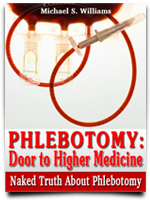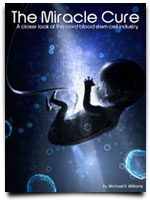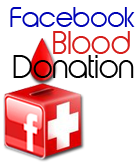ADVANTAGES OF CORD BLOOD DONATION
Rich in haematopoietic (blood-making) stem cells, cord blood can be frozen, stored, and used later, which makes it a better source of stem cells than bone marrow. Cord blood is also a better source of stem cells for transplantation because it is available when the patient needs it as opposed to when a matching donor can be identified and available for the patient.
Cord blood has advantages over bone marrow. Unlike the stem cells contained in bone marrow, the stem cells found in cord blood are immature and more easily adapt to the new host. This makes for a reduction in the occurrence of Graft Versus Host Disease.
Another benefit of using cord blood is that it is easily collected. An expectant mother arranges for her physician to collect the sample at the time of delivery. After the birth of the child, the umbilical cord is clamped, cut, and separated from the baby. While waiting for the placenta to deliver, the physician collects the cord blood. The whole process is painless and non-invasive, and it makes life-saving use of what has been traditionally considered medical waste. The collected sample is then sent to a specialized facility such as the St. Louis Cord Blood Bank for typing, storage, and registering availability to transplant centers around the world. Cord-blood stem cells are considered “purer” than adult stem cells because, being new and having existed in the closed system of the umbilical cord and placenta, they have not suffered the same exposure to disease and contamination as that of adult stem cells. If tests prove the sample unsuitable for transplantation, the sample still offers a valuable opportunity for research.
Those interested in donating their own baby’s cord blood should call the Cord Blood Donor Foundation (CBDF) for an information form. Important – this should take place 60 days before the due date! After sending in the form, if the cord blood is approved, at the proper time, the CBDF sends a kit to the mom. At the time of delivery, the kit is taken to the hospital or remains ready in the home in case of a homebirth. When the cord blood has been harvested using the syringes in the kit and all is labelled, the kit is ready to mail. The CBDF has even taken care of postage! Basically, that is all the effort expended by the mom and if all goes well, a child with leukaemia can live




